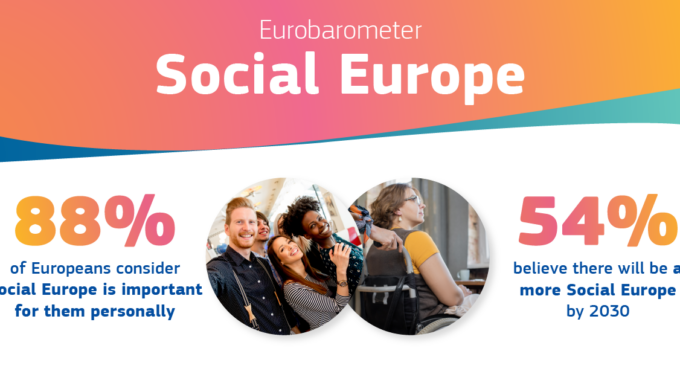
Healthcare and long-term care workforce: demographic challenges and potential contribution of migration and digital technology
In the EU, the right to timely access the ‘affordable, preventive and curative health care of good quality’ and the right to ‘affordable long-term services of good quality’ are enshrined in the European Pillar of Social Rights (C(2017) 2600 final). The backbone of health and long-term care (LTC) systems’ capacity to ensure that EU citizens can exercise these rights is its workforce. The COVID-19 pandemic has put the resilience of national health and LTC systems to the test and has made it even more tangible that ‘health is a precondition for our society and economy to function’ (COM(2020)724 final). However, even prior to the COVID-19 outbreak, the national health and LTC systems were faced with an unprecedented challenge with regard to the progressive ageing population in the EU. The rise in the number of elderly people has been increasing the demand for health and LTC services which, in turn, has generated a rising demand for a qualified health and LTC workforce. In the period 2018-2030 alone, the EU-27 will need 10.9 million newly trained or imported health and LTC workers to satisfy the rising demand in the health and LTC sectors. Planning a health and LTC workforce that has the size and skills suitable to satisfy the demand is a challenging task, given the numerous and often interrelated factors in play. These factors range from the demographic and health characteristics of a population, a country’s economic growth, technology, the migration of health and LTC professionals, to education and retirement policies. This implies a need for a holistic approach in workforce planning, capable of incorporating and coordinating various policy domains at local, national and EU level. Drawing on research activities carried out at the Joint Research Centre (JRC) – specifically within the framework of the Commission’s Knowledge Centre on Migration and Demography (KCMD) and the Centre for Advanced Studies HUMAINT project – this report aims to contribute to workforce planning by enhancing the scientific knowledge in three specific domains: demography, migration and digital technology. More specifically, the aim of this report is to provide scientific insights into the role of demographic change, migration and intra-EU mobility, as well as digital technology, in determining the demand and the supply of health and LTC workers in an effort to inform the EU’s workforce planning policies.





